Iwan Baan, an overview of the architecture of the 21st century
The ICO Museum hosts until September an exhibition of this great photographer that traces a panoramic view of the architecture built during the last 30 years.
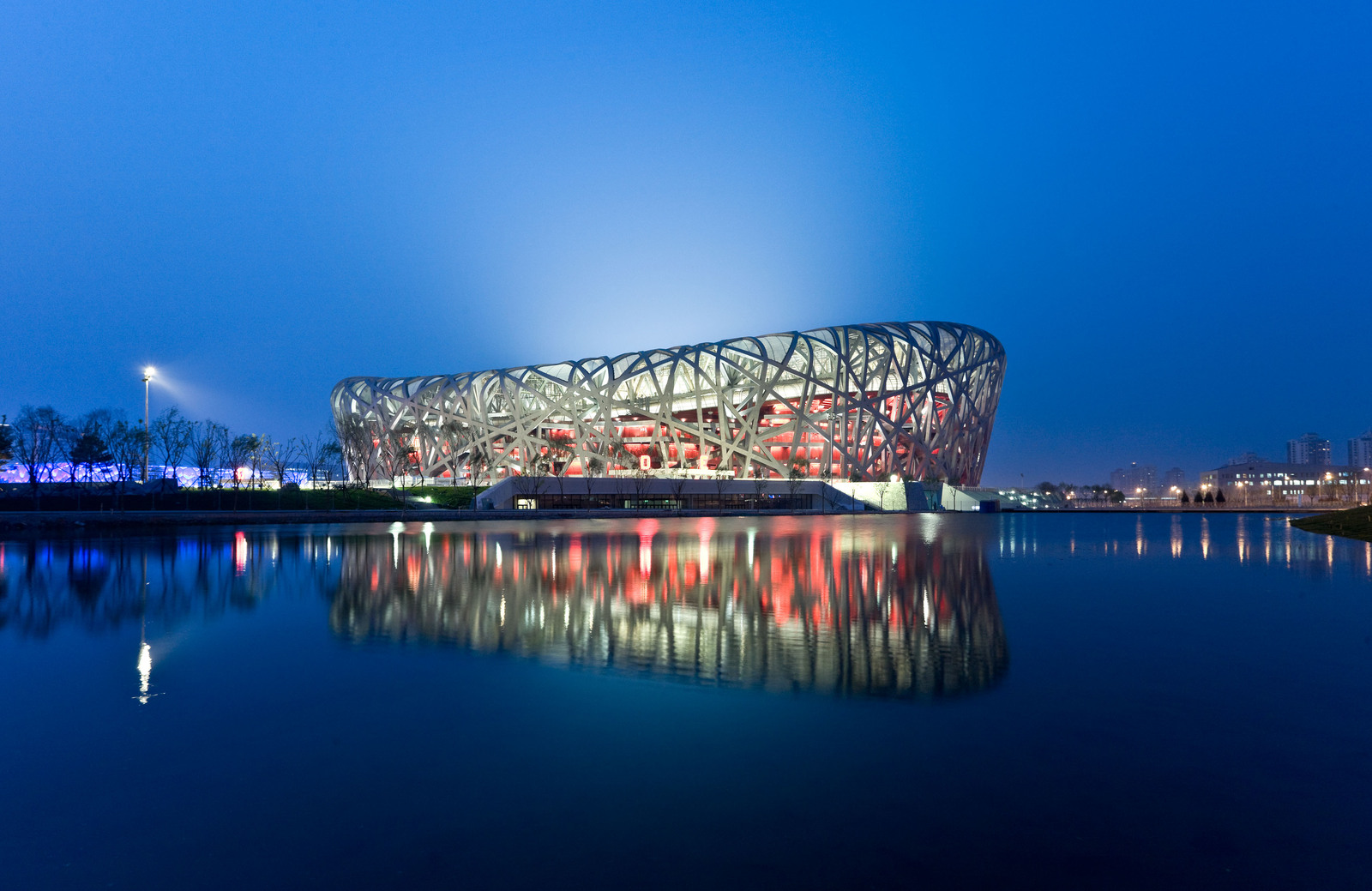
This exhibition dedicated to architectural photographer Iwan Baan (1975) -I say this with his permission because he does not like this label-, is the first stop on his international tour after being at the Vitra Design Museum, the institution that has promoted it under the curatorship of Mea Hoffmann. Composed of photographs and film material, it stands out because it not only offers a broad overview of the architecture made since the beginning of the 21st century until today, but also shows his more personal vision, photos with a more social content that transmit the life of the workers and the environment in which these great architectural works are erected. This aspect is shown in the final section of the exhibition which, as Lucinio Muñoz, director of the ICO Museum where Iwan Baan. Instants in Architecture until September 8, “it is an exhibition that touches on the field of exploration and is complex”.
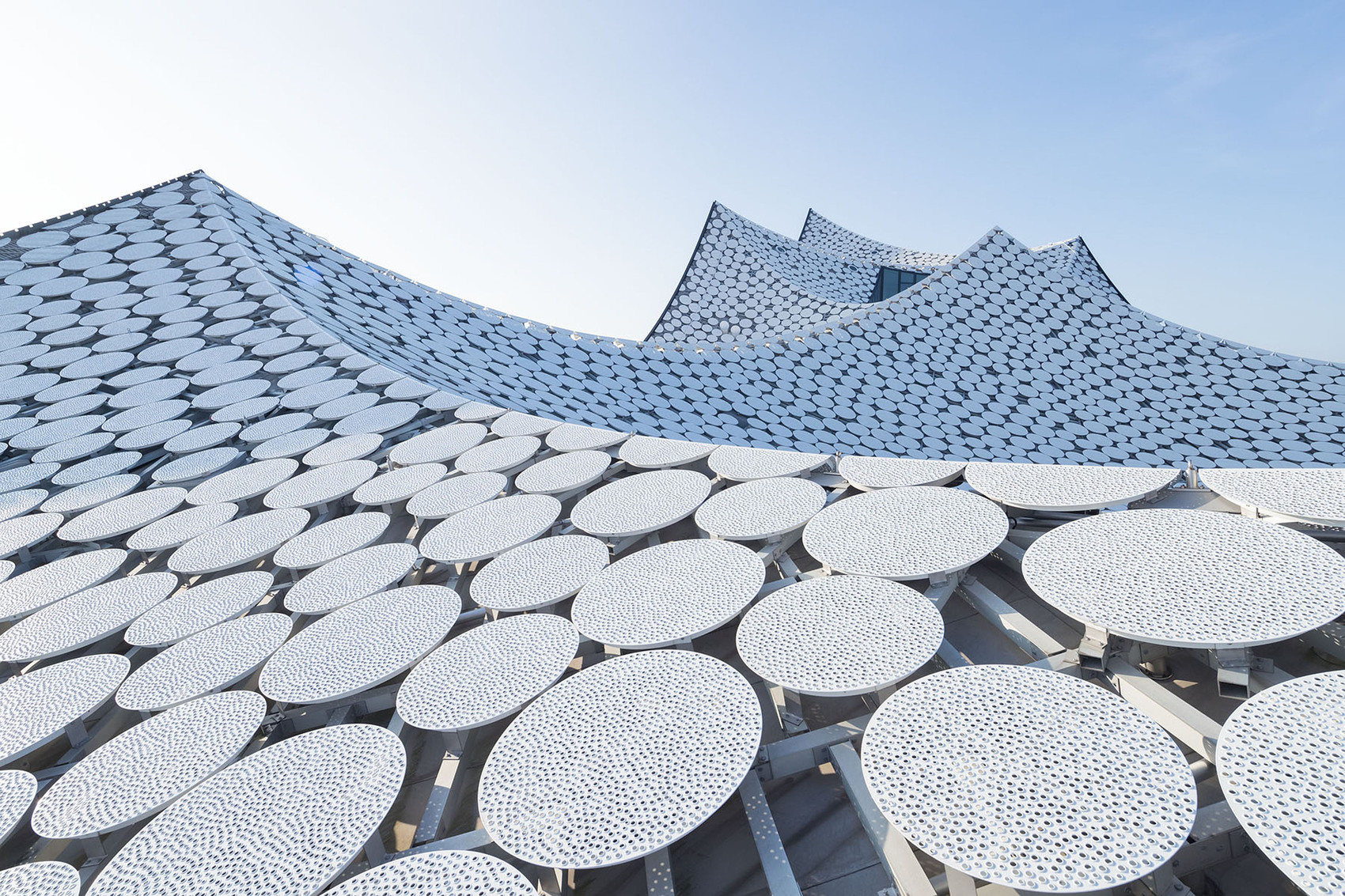
This exhibition at the Vitra Design Museum, supported by the Kingdom of the Netherlands and organized by the ICO Foundation, the ICO Museum and PhotoEspaña, is complemented by a catalog published on the occasion of the exhibition by La Fábrica. It is a sort of “logbook”, in Muñoz’s words.
The extensive production of the Dutch photographer’s work, carried out since the 2000s, is included in the exhibition, from the first commissions in China that reflect the projects in Beijing of Rem Koolhaas and Herzog de Meuron’s architectural studio, to the large number of architects from all over the world who have commissioned him to capture their most recent works, which we have seen in many publications in recent decades and also in the exhibition halls of the ICO Museum. As Baan says in the catalog, “it is important for me to discover the place on my own. He believes that architects form what he calls “very rigid convictions” and let themselves “overlook certain aspects that I can see, because I come to the project with an external point of view,” he says.
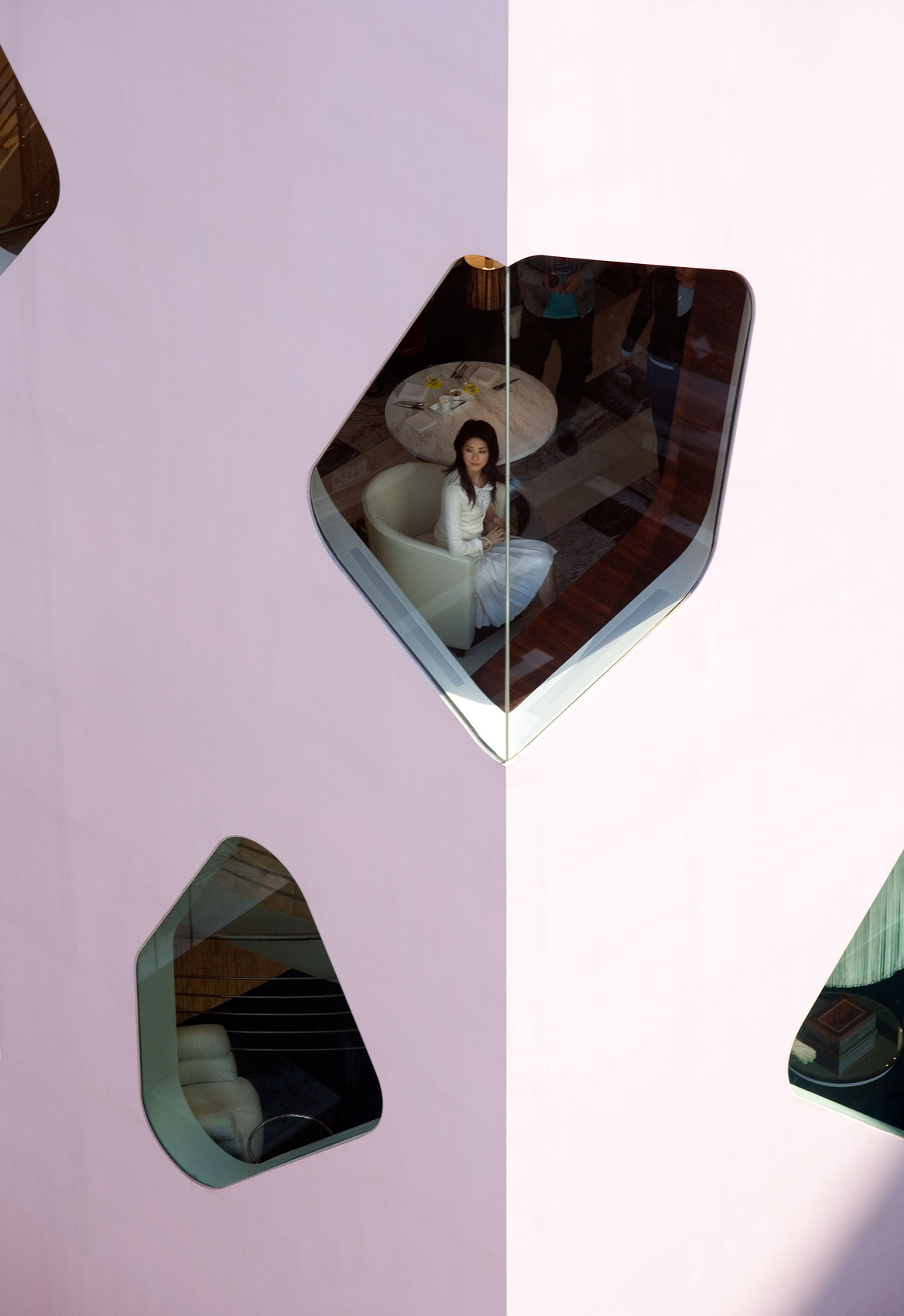
Baan offers us through his photographs, “a working method that is like a photographic zoom, an aerial photograph to finish with the lives of people,” as the director of the ICO Museum said at the presentation of the exhibition.
The exhibition proposes different routes, although it is divided into four sections: Perspectives, China, Cities and Continuities. The first stop brings together an overview of works by Herzog & de Meuron, Francis Kéré, SANAA, Toyo Ito, Tatiana Bilbao and Sou Fujimoto, among others. In the section devoted especially to China, where he did works that launched his career, he focuses on such iconic buildings as the CCTV headquarters designed by OMA and the National Stadium, by Herzog & de Meuron, in which Baan “was interested above all in documenting the daily life of the construction workers who build these radically modern icons, as well as the relationships they established with these buildings,” as the catalog indicates.
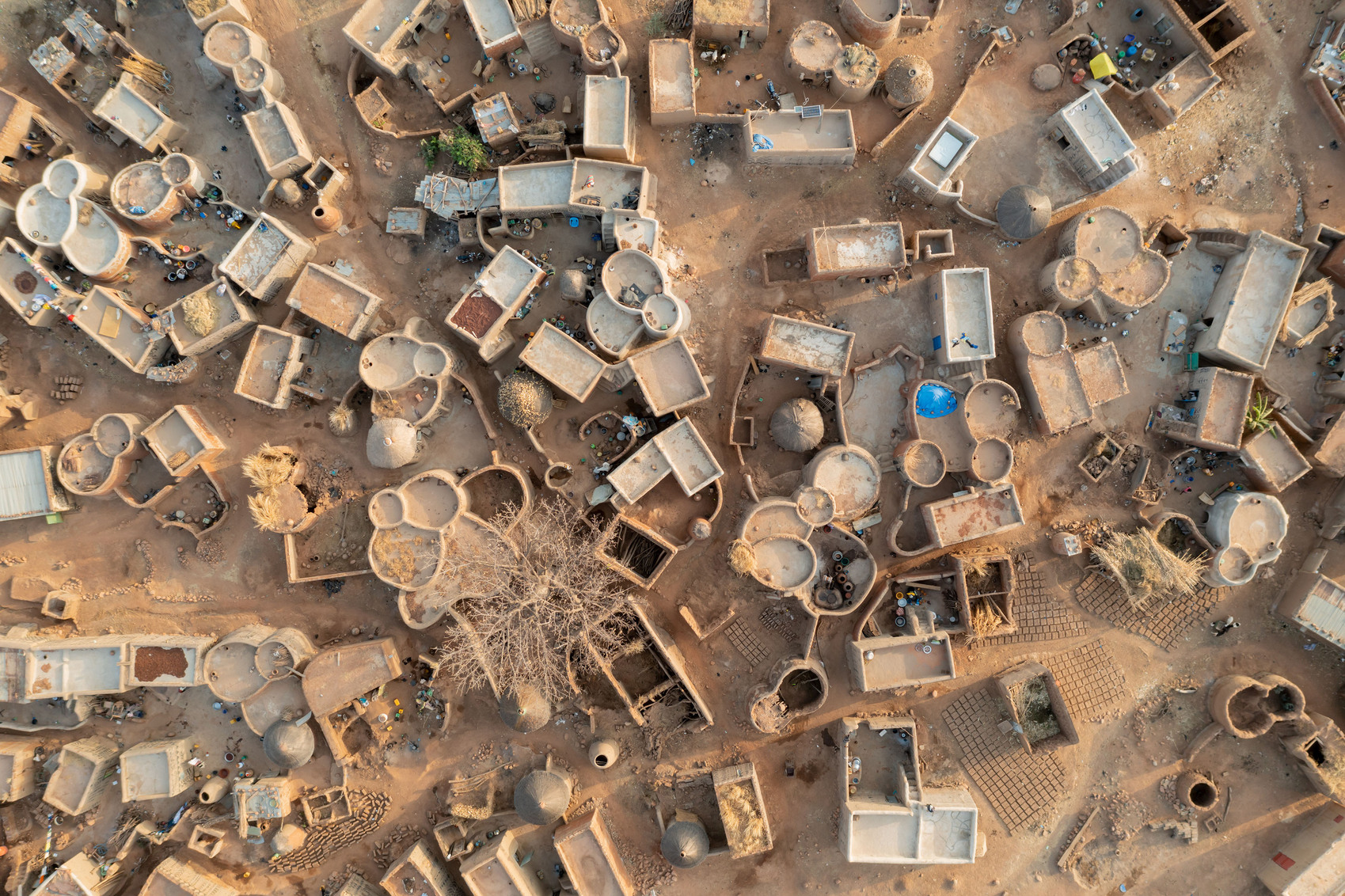
The third section, called Cities, integrates images that focus on themes such as the boom and bust of the real estate sector, the increase in population density, urban evolution and personal stories through images taken in Tokyo, Lagos, São Paulo and Hong Kong.
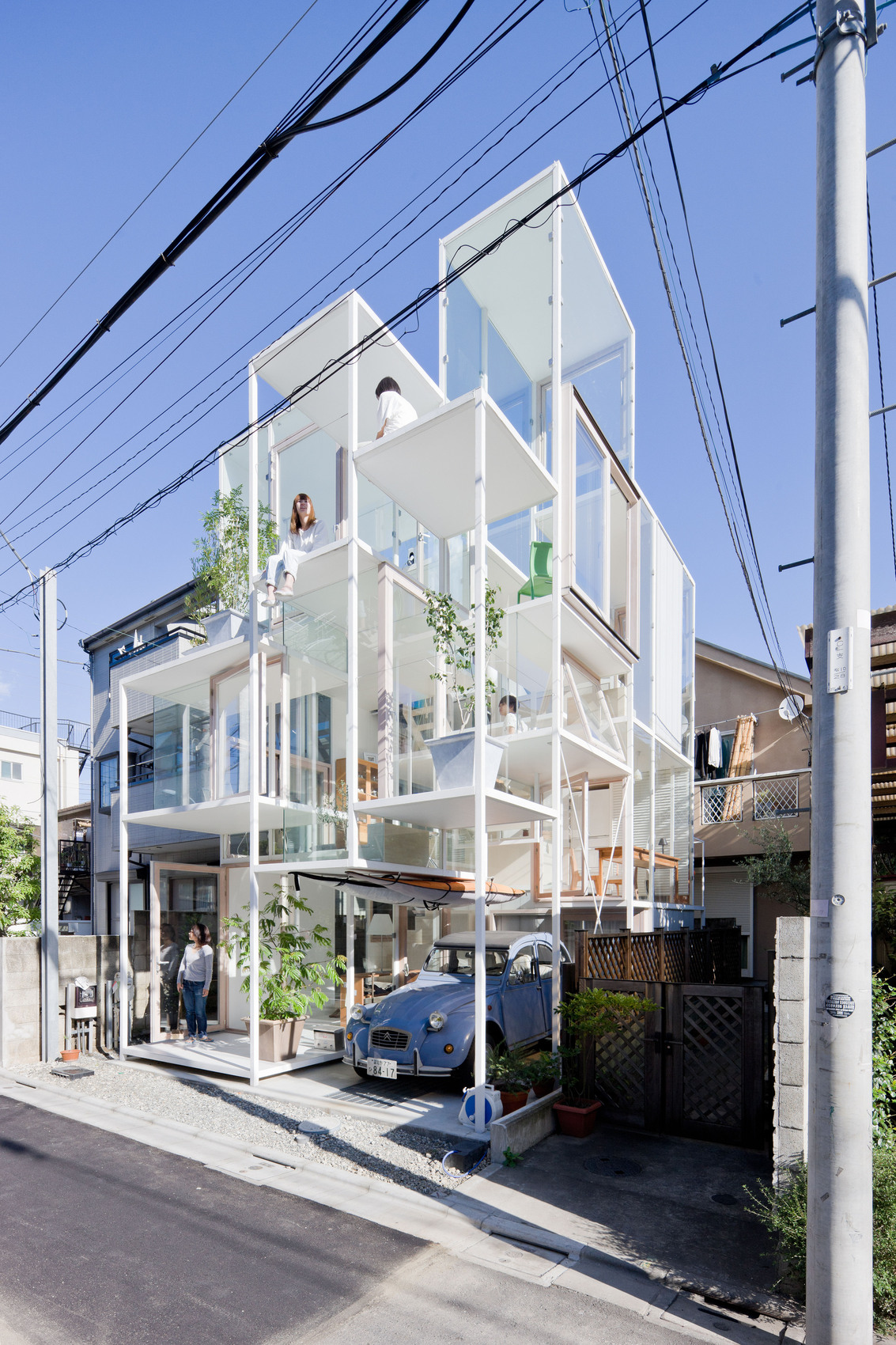
In the fourth and last section, Continuities hosts a selection of photographs from Baan’s travels that reflect the vernacular and traditional constructions and takes us on a journey through Japan, Burkina Faso, Bangladesh, China and India. In particular, it shows the appointment that hosts a kind of tent city that rises every 12 years when between 50 and 80 million pilgrims flock to the Indian city of Prayagraj.
As the director of the Vitra Design Museum, Mateo Kries, pointed out at the presentation of the exhibition, we are in front of the work of an “emblematic and unique photographer” who had been present in many exhibitions of the museum, but had never had an exhibition dedicated to him. This is a good opportunity to discover a fantastic selection that puts the human being at the center.
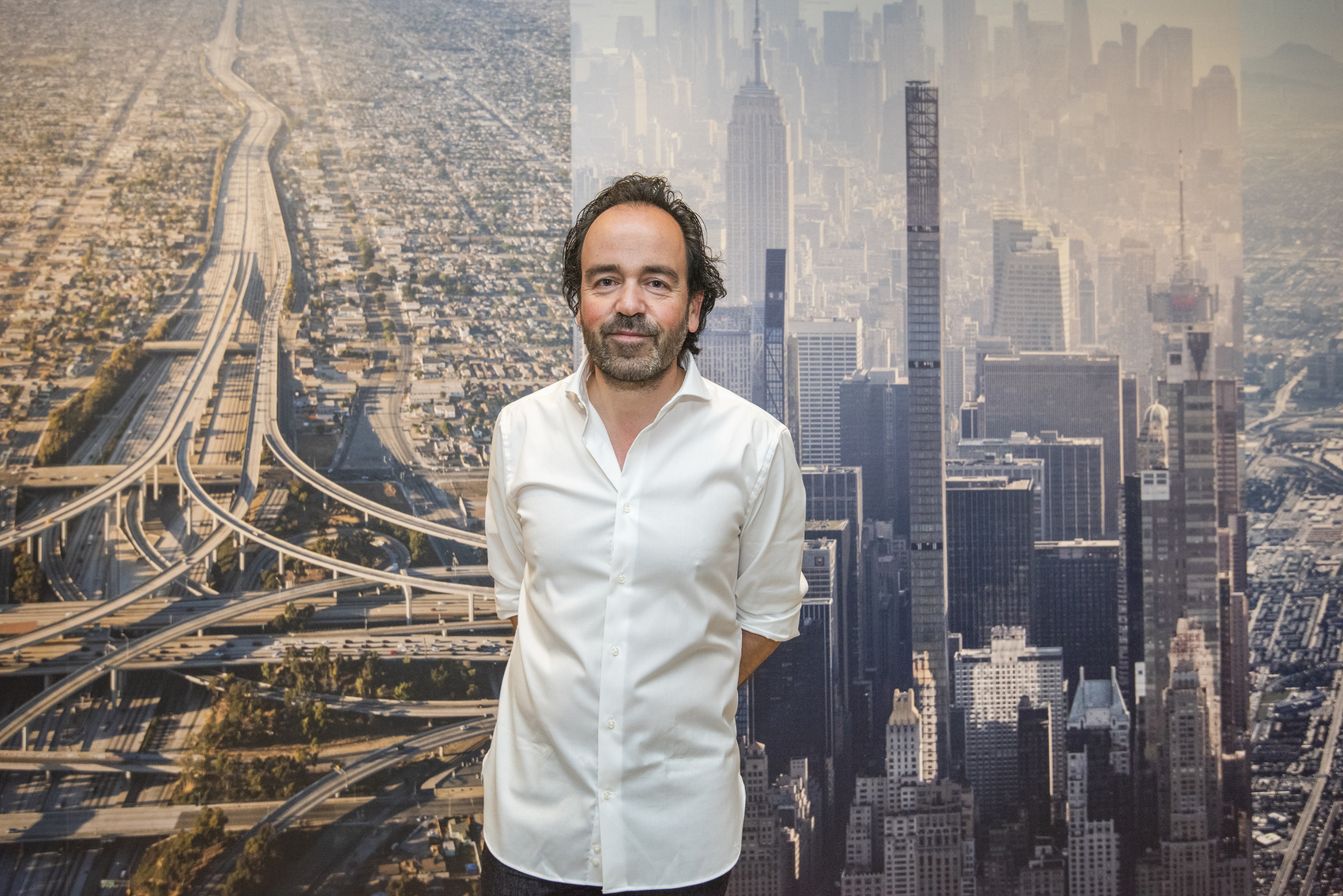
Editor: Beatriz Fabián
Beatriz is a journalist specialized in offline and online editorial content about design, architecture, interior design, art, gastronomy and lifestyle.